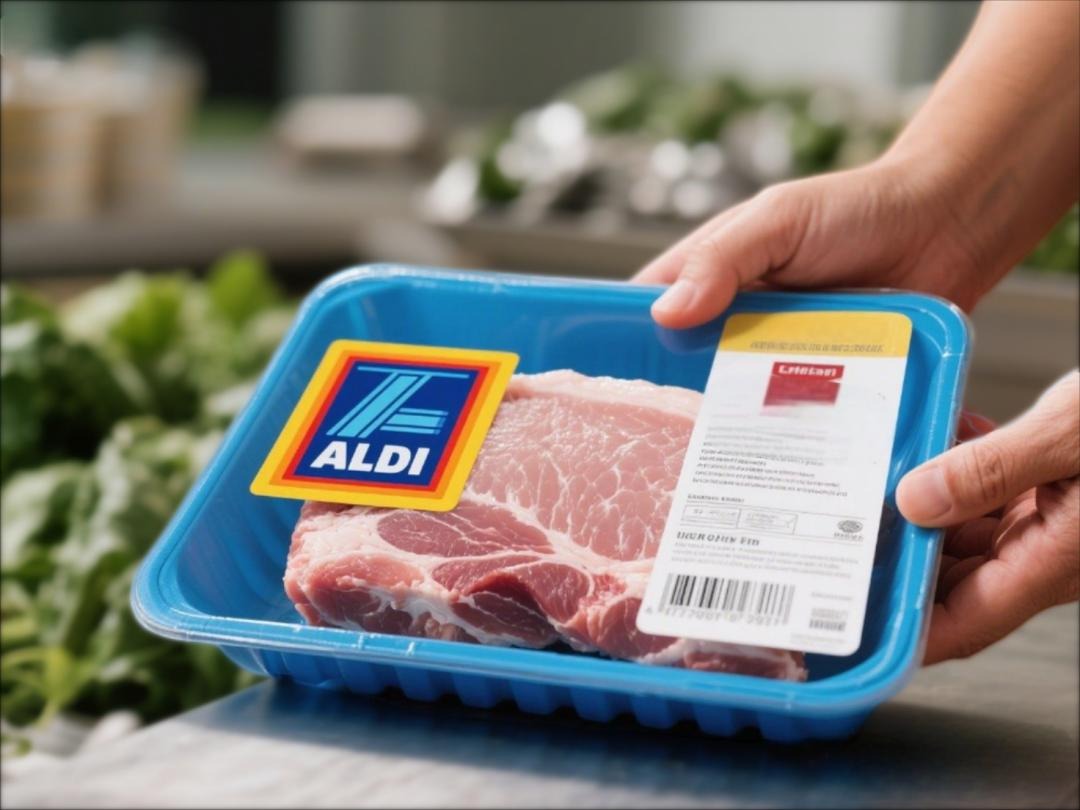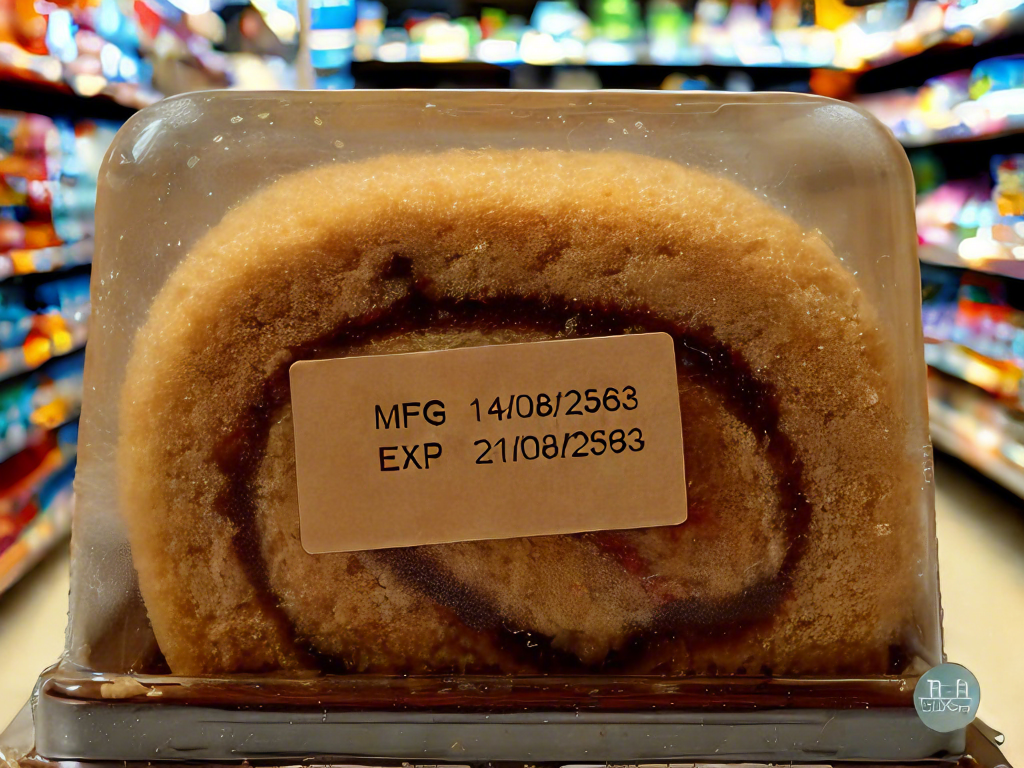Converting pounds to ounces is one of those kitchen math skills that seems simple until you're staring at a recipe calling for 12 ounces of chicken and your package says 1.5 pounds. Don't panic—it's just multiplication. One pound equals 16 ounces, period. Whether you're meal prepping, shipping packages, or weighing your new puppy, this conversion pops up more often than you'd think. Let's break it down so you'll never second-guess those measurements again.

The Basic Conversion Formula
Here’s the golden rule: **1 pound = 16 ounces**. That’s it. No fancy fractions, no decimals—just multiply the number of pounds by 16, and boom, you’ve got ounces. For example, if your gym dumbbell weighs 5 pounds, that’s 5 × 16 = 80 ounces. Easy, right? This works for anything measured in pounds, from flour to dumbbells to your cat (if you can get them to sit still on the scale).
When Fluid Ounces Try to Trick You
Here’s where things get sneaky. Fluid ounces (fl oz) measure volume, not weight. A cup of water might be 8 fl oz, but it doesn’t weigh 8 regular ounces—it’s actually about 8.3 oz by weight. Liquids like milk or oil have different densities, so their weight varies even if the volume is the same. Moral of the story? **Never swap fluid ounces for weight ounces in recipes** unless you want a baking disaster on your hands.
Special Cases: Troy Ounces and Pressure Measurements
If you’re dealing with precious metals like gold or silver, you’ll encounter **troy ounces**, which are heavier than standard ounces. One pound equals about 14.6 troy ounces, so that gold bar in the heist movie? It’s not as heavy as it looks. Meanwhile, in engineering or paper manufacturing, you might see **ounces per square inch** (oz/in²) to measure pressure or material thickness. The conversion still holds—16 oz/in² equals 1 lb/in²—but the context matters.
Quick Tips for Everyday Use
- **Kitchen shortcuts**: Memorize common conversions like ½ lb = 8 oz or ¼ lb = 4 oz to speed up cooking. - **Double-check labels**: Some products list both pounds and ounces (e.g., "1 lb 8 oz"), saving you the math. - **Use apps for precision**: Digital scales or unit converter apps can handle tricky decimals (like 0.75 lbs to oz) in a snap. - **When in doubt, multiply by 16**: It’s the one conversion that never fails.
Whether you're portioning meal prep, mailing a package, or just satisfying your curiosity, converting pounds to ounces doesn’t have to be a headache. Keep the 16:1 ratio in your back pocket, watch out for fluid ounces, and remember—precious metals play by different rules. Now go forth and measure with confidence (and maybe impress someone with your random knowledge of troy ounces).






















